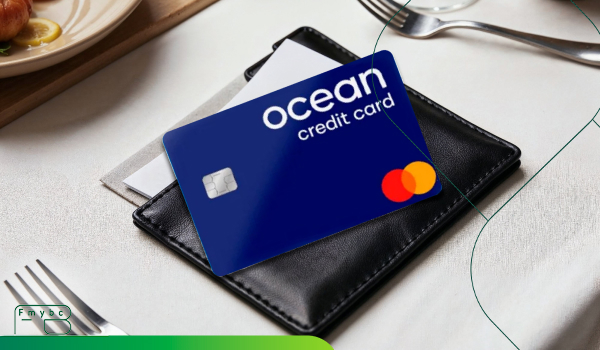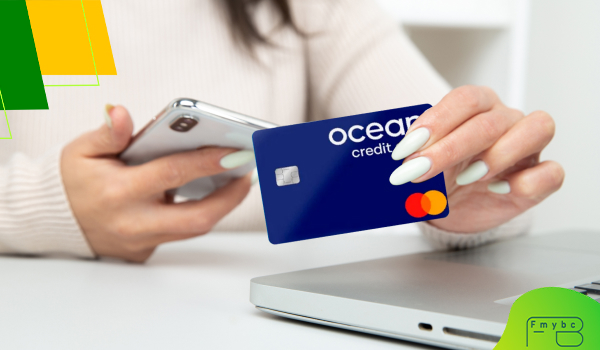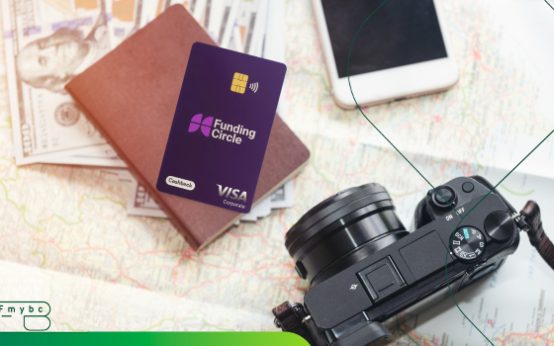
Ocean Credit Card: maximizing its value requires strategy, discipline, and awareness of both benefits and limitations. This extended guide explores step-by-step usage strategies, optimization hacks, FAQs, and competitor alternatives, providing a comprehensive roadmap for users in the UK who want to leverage the card for long-term financial gain.
Step-by-Step Guide to Using the Ocean Credit Card
- Check Eligibility First – Use the QuickCheck tool to avoid unnecessary hard searches.
- Start Small – Begin with low-value purchases such as groceries, fuel, or subscriptions (Netflix, Spotify).
- Set Up Direct Debit – Always pay in full to avoid 39.9% APR charges.
- Track Credit Reports – Use free tools like Experian or Credit Karma to monitor improvements.
- Request Limit Increases Strategically – After six months of responsible use, Ocean may raise your limit. Avoid maxing out your card prior to a review.
- Avoid Cash Withdrawals – Treated as cash advances with additional fees and interest from day one.
- Use for Recurring Payments – Placing a recurring, predictable expense builds consistency without overspending.
Optimization Hacks Few Users Know
- Utilize the 56-day interest-free window by aligning purchases just after the statement date.
- Keep utilization below 30% – e.g., on a £500 limit, avoid spending more than £150.
- Overpay occasionally – This demonstrates strong repayment behaviour and may accelerate credit limit increases.
- Pair with a rewards debit card – Use Ocean to build credit while leveraging cashback/rewards elsewhere.
- Monitor soft credit score updates – Ocean sometimes re-assesses users quarterly, not just every six months.
Frequently Asked Questions

Will applying affect my credit score?
No. The QuickCheck tool uses a soft search, which has no impact. Only a full application does.
How quickly can my credit score improve?
Some users report visible improvements in 3–6 months with consistent repayments.
Does Ocean offer balance transfers?
Yes, but with a 2.9% fee and no promotional 0% period, making it less attractive.
Can I use it abroad?
Yes, but expect foreign transaction fees around 2.75%. Not ideal for travel.
Is the APR negotiable?
No. The 39.9% APR is standard for this type of card.
What happens if I miss a payment?
Late payments incur fees, hurt your credit score, and may prevent future credit limit increases.
Can I get multiple Ocean cards?
No. Ocean only allows one active account per customer.
Does it support contactless and mobile payments?
Yes. It works with Apple Pay, Google Pay, and standard contactless terminals.
Is there a credit limit increase guarantee?
No, but re-evaluation every six months provides opportunities if usage is responsible.
How does it compare to “bad credit loans”?
The Ocean card is usually far cheaper than short-term loans or payday lenders, as long as you avoid carrying balances.
Maximizing Long-Term Value
The Ocean Credit Card’s biggest strength is not in day-to-day savings, but in future financial leverage. By improving your credit rating, you gain access to products such as:
- 0% balance transfer cards (e.g., Virgin Money, MBNA)
- Reward cards (e.g., American Express Nectar)
- Cheaper personal loans
- Lower mortgage interest rates – even a 0.5% lower mortgage rate on a £200,000 loan can save over £12,000 across 25 years.
Thus, the “hidden ROI” of the Ocean card lies in what it unlocks later, not what it saves today.
Alternatives & Complementary Solutions
- Barclaycard Forward – Lower APR (33.9%) but smaller limits; ideal for cautious beginners.
- Aqua Classic – Popular among rebuilders with slightly better balance transfer conditions.
- Tesco Foundation Credit Card – Offers Clubcard points, making it attractive for everyday shoppers.
- Secured Credit Cards – For those repeatedly declined, a secured card (deposit-backed) may be a more reliable option.
Complementary Products:
- Credit-builder loans (e.g., LOQBOX) can run alongside Ocean to accelerate credit profile improvement.
- Regular savings accounts demonstrate parallel financial discipline.
Limitations & Criticisms
- High APR – carrying balances is prohibitively expensive.
- Foreign usage fees – better to use specialist travel cards (e.g., Halifax Clarity).
- Not suitable for rewards seekers – this is strictly a functional credit-building tool.
Conclusion
The Ocean Credit Card should not be judged purely on its APR or lack of rewards. Instead, it is best understood as a temporary financial instrument: a tool for building credibility with lenders and establishing disciplined repayment habits. For users who commit to paying in full every month, it can be the gateway to lower borrowing costs, higher limits, and stronger financial opportunities in the UK credit market.Recommendation: Use Ocean as a stepping stone, not a destination. Once your credit file improves, transition to a lower-APR or reward-based card while maintaining the positive habits learned along the way.



 Fluid Credit Card Guide: Maximize Your Balance Transfer Strategy Without Paying Hidden Interest <p style='font-size:14px;'>A step-by-step guide to using the Fluid credit card wisely — and avoiding the common mistakes many UK borrowers make.</p>
Fluid Credit Card Guide: Maximize Your Balance Transfer Strategy Without Paying Hidden Interest <p style='font-size:14px;'>A step-by-step guide to using the Fluid credit card wisely — and avoiding the common mistakes many UK borrowers make.</p>  How to Get the Most Out of the Santander Edge Credit Card <p style='font-size:14px;'>A hands-on guide to maximizing cashback, avoiding hidden costs and comparing smarter options in the UK market.</p>
How to Get the Most Out of the Santander Edge Credit Card <p style='font-size:14px;'>A hands-on guide to maximizing cashback, avoiding hidden costs and comparing smarter options in the UK market.</p>  Advanced Guide to Getting the Most Out of the Funding Circle Business Cashback Card <p style='font-size:14px;'>How to turn a simple business credit card into a smarter cash-flow tool with rewards that support long-term growth</p>
Advanced Guide to Getting the Most Out of the Funding Circle Business Cashback Card <p style='font-size:14px;'>How to turn a simple business credit card into a smarter cash-flow tool with rewards that support long-term growth</p>